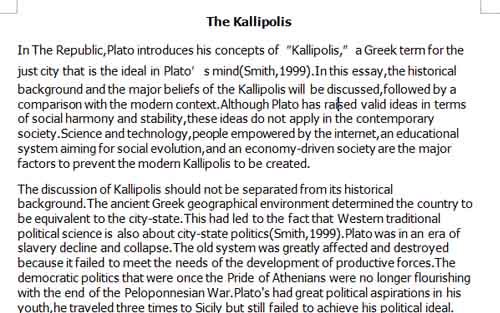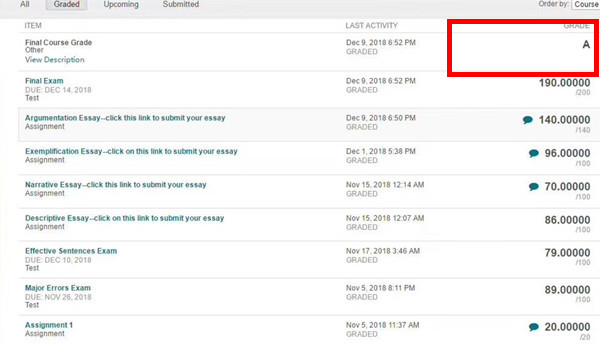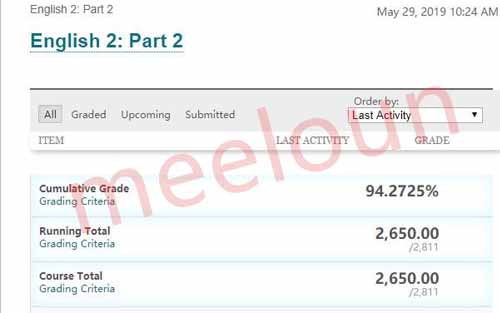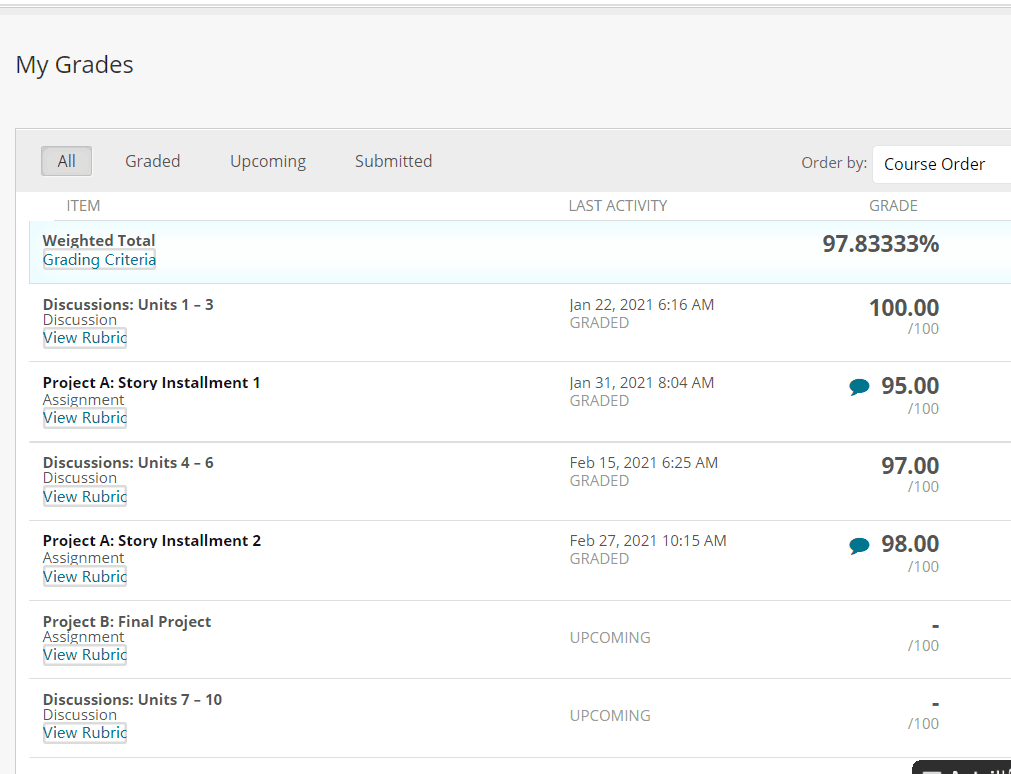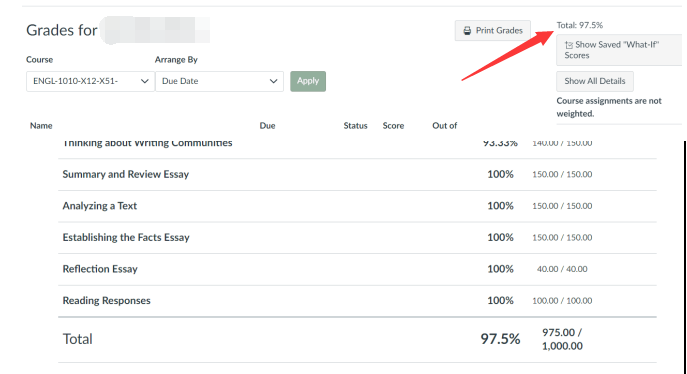这篇Essay范文讲述了澳大利亚工党政府和反对党在他们的方式来应对气候变化,减少温室气体排放采取两种截然不同的策略。目的是向两个经济手段,财政手段和收费制度和市场创新对直接管制的优劣作为比较的概述,以确定哪些系统将在降低澳大利亚的温室气体排放更有效。

Australian Opposition and Labor Government
The Australian Labor Government and Opposition have adopted two contrasting strategies in their approach to climate change and reducing greenhouse gas emissions. Direct Regulation is the proposed mechanism for the Coalition Government and the Australian Labor Party supports the use of Market-based Economic Instruments. Direct Regulation has been at the forefront of environmental law for decades and constitutes the heart of the environmental legal system (Godden and Peel), while Economic Instruments were developed in response to scientific progression revealing the complexity of environmental issues affecting ecosystems and climates (Reading 4). The purpose of this paper is to provide a comparative overview on the merits of two Economic Instruments, Fiscal Instruments and Charging Systems and Market Creation against Direct Regulation to determine which system would be more effective at reducing Australia's greenhouse gas emissions. After extensive examination of both mechanisms this paper will argue that Direct Regulation suffers from a need to determine and enforce environmental conditions and standards in relation to the reduction of greenhouse gas emissions. Furthermore, it will also be argued that the carbon tax and emissions trading scheme will effectively reduce greenhouse gas emissions by discouraging entities to pollute through increased costs of production and required carbon permits. The overall impact Economic Instruments and Direct Regulation have on the reduction of greenhouse gas emissions however, is negatively impacted by the inclusion of perverse incentives that subsidise heavy polluters (reading 5).
澳大利亚工党政府和反对党在应对气候变化和减少温室气体排放方面采取了两种截然不同的策略。直接监管是联合政府提议的机制,澳大利亚工党支持使用基于市场的经济工具。几十年来,直接监管一直处于环境法的前沿,是环境法律体系的核心(戈登和皮尔),而经济工具是根据科学进步而发展起来的,它揭示了影响生态系统和气候的环境问题的复杂性(阅读4)。本文旨在对两种经济工具的优点进行比较概述,即财政工具和收费制度,以及针对直接监管的市场创造,以确定哪种制度在减少澳大利亚温室气体排放方面更为有效。在对这两种机制进行了广泛的研究之后,本文将指出,直接监管需要确定和执行与减少温室气体排放有关的环境条件和标准。此外,还将有人认为,碳税和排放交易计划将通过增加生产成本和要求的碳排放许可来阻止实体污染,从而有效地减少温室气体排放。然而,经济手段和直接监管对减少温室气体排放的总体影响却受到了对重污染企业进行补贴的不正当激励措施的负面影响(阅读5)。
Direct Regulation involves the enactment of laws set beside an environmental target, for example the reduction of emissions through improved technology, and subsequent penalties directly applied if a target is not adhered to (reading 5). This mechanism for the environmental protection is increasingly considered as out-dated and is progressively being replaced by Economic Instruments. Six economic instruments were analysed to gauge their effectiveness for reducing greenhouse gas emissions and revealed extensive legal frameworks for wide ranging environmental protection. For example, property-right mechanisms present an opportunity for people to conserve environmental resources through clear and enforceable property rights. Financial Instruments are suitable for mobilising supplementary financial resources for conservation and environmental protection. Liability Instruments impose civil liability and provide economic incentives to manage issues such as pollution and waste. Performance Bonds require a security deposit and will be refunded upon satisfactory completion of an environmental task. Deposit Refund Systems also require a security deposit and encourage the correct disposal of waste (Reading 5). These Instruments however, are not designed or suited for the specific task of reducing Australia's annual greenhouse gas emissions. Economic Instruments designed to tackle issues of climate change are Fiscal Instruments and Charging Systems, which encourages environmentally responsible behaviour through partial (or full) cost pricing (Carbon Tax) and Market Creation, which allows the Government to create a market such as Australia's proposed Carbon Pollution Reduction Scheme (CPRS). Their effectiveness at reducing emissions, along with Direct Regulation is significantly related to incentives, monitoring approaches and environmental conditions and standards.
直接监管包括在环境目标之外制定法律,例如通过改进技术来减少排放量,如果不遵守目标,则直接实施后续处罚(阅读5)。这种环境保护机制越来越被认为过时,并逐渐被经济手段所取代。对六项经济手段进行了分析,以衡量它们在减少温室气体排放方面的有效性,并揭示了广泛的环境保护的广泛法律框架。例如,产权机制为人们通过明确和可执行的产权保护环境资源提供了机会。金融工具适用于为保护和环境保护调动补充财政资源。责任文书规定了民事责任,并为管理污染和废物等问题提供了经济激励。履约保证金要求缴纳保证金,并在圆满完成环境任务后退还。押金退款系统也要求保证金,并鼓励正确处理废物(阅读5)。然而,这些仪器的设计和使用并不适合澳大利亚每年减少温室气体排放的具体任务。旨在解决气候变化问题的经济手段是财政手段和收费制度,它们通过部分(或全部)成本定价(碳税)和市场创造鼓励对环境负责的行为,这使得政府能够创造一个市场,比如澳大利亚提出的碳污染减排计划(CPRS)。它们在减排方面的有效性以及直接监管与激励措施、监测方法以及环境条件和标准密切相关。
Environmental conditions and standards can designate a means that must be followed by the authorisation holder such as the use of pollution control technology. Alternatively to this is setting environmental outcomes that essentially need to be/can be achieved. The issue between these two options is that one is prescriptive while the other is outcome based and enforcing conditions on the basis of what is required presents an easier option compared to environmental outcome enforcement. The prescription option does suffer in that it is by no means as flexible as an outcome based model.
环境条件和标准可以指定授权持有人必须遵循的方法,例如使用污染控制技术。另一种选择是设定基本上需要/能够实现的环境成果。这两种选择之间的问题是,一种是规定性的,另一种是基于结果的,与环境成果执行相比,基于所需内容的强制执行条件是一种更容易的选择。处方选择确实受到影响,因为它决不像基于结果的模型那样灵活。
These conditions and standards can come from two no Development-centred which is generally engineering based and Environmental-centred being structured around science. The Development-centred approach positively encourages research and development into more efficient process and control technologies. The Environmental-centred approach focuses more on environmental outcomes and respects the complexity of varied systems with the option also to be technology-forcing in the event where acceptable emissions levels cannot be met with existing technology.
直接调节——Direct Regulation
Direction regulation and state sanctions historically were essential in their ability to force industry to modify its habits and provided a tough disincentive regarding environmentally harmful activities. This regulatory approach was summarised as legislative command prohibiting environmental degradation and pollution, with related power used by the state as licences and penalties for non-compliance. In Australia, the most common form of Direct Regulation involves setting environmental targets, attached to legislated standards, with penalties at criminal or civil levels prescribed if standards are not met (reading 6). Simply put, the main aim is to restrict or prohibit activities that have the potential to cause environmental harm. This is achieved by setting environmental targets and ensuing penalties that will result if the target is not adhered to.
Direct regulation takes on an array of forms with environmental standards representing the most common type. In order to achieve specific environmental goals, these standards establish uniform requirements on a broad range of categories. The major categories include technology-based standards, performance-based standards, and process-based standards. An example of how these standards work can be seen with the less prominent design or specification standards where an approved technology is prescribed for an environmental problem or a particular industrial process. Furthermore, permits and licences are often used in the implementation of standards and generally target point sources of pollution. Pollutants are therefore allowably emitted by firms at specified levels proscribed in the relevant standards (reading 5). These standards outline the merits of Direct Regulation in that firms that emit greenhouse gases can be subject to state-centred legislative action and administrative enforcement on set environmental and emissions standards targets, development-centred technology-based performance standards and/or design or specification standards to regulate and reduce greenhouse gas emissions at both point and non-point sources.
经济手段——Economic Instruments
Market Creation - Emissions Trading Scheme
This section will discuss a generalised Australian Emissions Trading Scheme (ETS) and not the proposed Carbon Pollution Reduction Scheme (CPRS) due policy amendments presenting extensive compensation to emissions-intensive trade-exposed (EITE) industries and exemptions to the agricultural and forestry industries rendering the scheme unsuitable in the reduction of greenhouse gas emissions. The Carbon Tax will also be discussed broadly on the basis of a potential tax as the implemented tax has included compensations such as the Steel Transformation Plan which is worth $300 million to provide transitional support for innovation and over the initial four years.
The ratification of the Kyoto Protocol by the Australian Labor Government (ALP) in 2007 saw the proposal of an ETS, the CPRS. The ETS was originally favoured over a Carbon Tax based on its capacity to place a numerical cap on greenhouse gas emissions (reading 4). The purpose of an ETS is the allocation of tradeable rights to allow polluters to emit greenhouse gas emissions. Targets are generally required to be given to these emission sources, with permits acquired through auction or issue. The source of emissions then has the opportunity to buy permits or mitigate greenhouse gases depending on their standing and more importantly, permit prices on the indefinitely fluctuating emissions trading market. In short, tradeable rights allocation allows the regulatory agency to solve the absent market environmental problem through the creation of a surrogate market based on permits. The pure basis of an ETS therefore has the potential, both domestically and internationally, to significantly reduce the amount of greenhouse gas emissions through a capped system that allows sources to purchase tradeable permits from a finite market or mitigate their emissions through improved practices in order to avoid purchasing market permits.
财政文书和收费制度-碳税——Fiscal Instruments and Charging Systems - Carbon
Fiscal instruments, such as the carbon tax, are detailed in economic theory as imposing significantly less costs on industry in achieving marked pollution reduction when compared to command and control regulations with the same goal (reading 5). Fiscal instruments and charge systems are employed to promote environmentally minded practices via cost pricing of production or consumption, which is simply an indirect economic approach with the potential to reduce greenhouse gas emissions through the implementation of a tax (e.g., carbon tax). The initial benefit of a carbon tax over an ETS is price stability allowing industries and governments to prepare themselves with economic precision. The argument of familiarity, an appealing Direct Regulation trait, can also be applied to a carbon tax as the administrative structure of the tax is not a foreign notion to legislators and policy-makers (reading 4). This ultimately allows the quantity of emissions to fluctuate while the prices remain relatively fixed giving governments the opportunity to predict and allocate revenue accordingly. It is evident that a carbon price clearly has economic advantages through the familiarity of it being a tax and relatively simple implementation into the economy. We now examine the positive approaches the Australian Government has used in their recently introduced carbon tax.
Heavy polluters under the Australian Carbon Tax have a direct liability to the scheme, they must surrender to the scheme Clean Energy Regulator their permits (one tonne of carbon equals one permit) that equates to their emissions in the financial year and cannot be traded or purchased. If these liable entities surrender permits than they emit, they will have to compensate the shortfall by purchasing necessary permits at a charge 1.3 times the original cost. Initially, the price will be fixed at $23 per permit and will increase by 2.5 per cent per year until 2015. The carbon tax however, will officially become and ETS in 2015 with a semi-fluctuating permit price for the first 3 years as there will be a ceiling and floor price. Both the carbon tax and ETS aim to influence customer behaviour away from products that are emissions-intensive to suitable alternatives. The concept works by influencing the price of higher emissions products to make them less affordable for the consumer and ultimately encourages the producer to reduce the emissions-intensity of its products as it too will be less affordable. The theoretical outcome of this system is that the greenhouse gas emissions of Australia will be reduced. This approach to combating climate change supports the argued statement in that greenhouse gas emissions will be extensively targeted under a proposed carbon tax leading to improved practices to minimise and eliminate emissions.
结论——Conclusion
This paper has argued that Direct Regulation suffers from a need to determine and enforce environmental conditions and standards in comparison to both the carbon tax and an ETS. Furthermore, it has been argued that the carbon tax and/or ETS will effectively reduce greenhouse gas emissions through the implementation of regulated carbon permits. These permits will increase the costs of emissions-intensive products and prompt industry to adopt environmentally friendly practices to reduce their costs by reducing their greenhouse gas emissions. The Australian carbon tax will have a Clean Energy Regulator to monitor carbon permits in relation to an emitter's actual output of greenhouse gases in order to enforce correct practices. Direct Regulation has the ability to enforce legislative action and administrative enforcement on set environmental emissions standard targets, they fall short of both Economic Instruments in that their approach to greenhouse gas emissions only targets point source issues such as emissions-intensive equipment and technology. In addition, inadequate environmental conditions, standards and emissions monitoring further reduces the success of Direct Regulation in reducing greenhouse gas emissions.
A reoccurring argument throughout environmental regulation studies that requires strong consideration is the inclusion of perverse incentives in both Direct Regulation and Economic Instruments. The success of these mechanisms is almost entirely influenced by compensation and exclusion of emissions-intensive trade-exposed (EITE) industries. It would be naive to assume that a scheme could be implemented without varied incentives and in fact, has the potential to be hindered if assistance is entirely excluded. The following suggestions must be considered to avoid discrediting the integrity of policy frameworks. Policy makers should include compensation, only if necessary, that assists in the initial stages of scheme implementation through technology improvement and intrinsically monitored to ensure funds are used as intended. Heavy emitters of greenhouse gases should fall under the enforcement of schemes and shall not receive any emissions exemptions. Tradable carbon permits shall be finite domestically and internationally, reduced in quantity each year and under no circumstances are free permits to be supplied to emitters as a form of amelioration. Finally, carbon permit (as part of a taxed system) shall be purchased by the emitters without compensation or supply of free permits at any stage of the scheme. These considerations may seem extreme but so are the impacts of increased emissions of greenhouse gases and an Australian can become part of the international solution via correct policy and law.
以上为Essay代写范文全部内容,范文格式和内容仅供留学生参考学习,不得抄袭,如有Essay代写需要,请联系网站客服。




